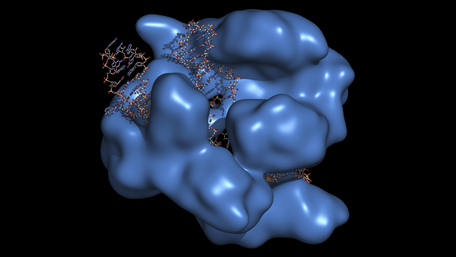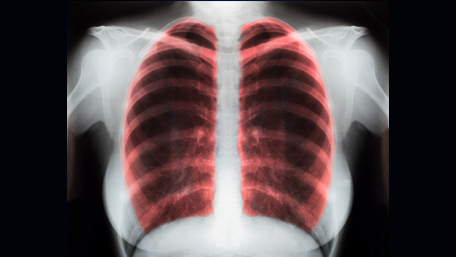
01/26/2023
Hot Topics of the Day are picked by experts to capture the latest information and publications on public health genomics and precision health for various diseases and health topics. Sources include published scientific literature, reviews, blogs and popular press articles.
Sign up MyPHGKB to receive the daily hot topic email alert.
Archived Hot Topics of the Day By Date
Public Health Genetics and Genomics Week 2023
PHGW, January 2023
Spike Gene Target Amplification in a Diagnostic Assay as a Marker for Public Health Monitoring of Emerging SARS-CoV-2 Variants — United States, November 2021–January 2023
HM Scobie et al, MMWR, January 25, 2023
A Randomized Trial Comparing Omicron-Containing Boosters with the Original Covid-19 Vaccine mRNA-1273
IT Lee et al, MEDRXIV, January 24, 2023
Wastewater and surface monitoring to detect COVID-19 in elementary school settings: The Safer at School Early Alert project
RKF Miller et al, MEDRXIV, January 25, 2023
Second monovalent SARS-CoV-2 mRNA booster restores Omicron-specific neutralizing activity in both nursing home residents and health care workers
C Nugent et al, MEDRXIV, January 25, 2023
Neutralization of BA.4–BA.5, BA.4.6, BA.2.75.2, BQ.1.1, and XBB.1 with Bivalent Vaccine
J Zhou et al, NEJM, January 25, 2023
Effectiveness of Bivalent Boosters against Severe Omicron Infection
DY Lin et al, NEJM, January 25, 2023
Early Estimates of Bivalent mRNA Booster Dose Vaccine Effectiveness in Preventing Symptomatic SARS-CoV-2 Infection Attributable to Omicron BA.5– and XBB/XBB.1.5–Related Sublineages Among Immunocompetent Adults — Increasing Community Access to Testing Program, United States, December 2022–January 2023
RL Gelles et al, MMWR, January 25, 2023
Efanesoctocog alfa for hemophilia A: results from a phase 1 repeat-dose study.
Toshko Lissitchkov et al. Blood advances 2021 11 (4) 1089-1094
Sources of Innovation in Gene Therapies - Approaches to Achieving Affordable Prices.
Kerstin N Vokinger et al. The New England journal of medicine 2023 1
STATEMENT American Society of Human Genetics Board of Directors On The Report of the ASHG Facing Our History – Building an Equitable Future Initiative
ASHG, January 23, 2023
Utility of long-read sequencing for All of Us
M Mahmoud et a, BIORXIV, January 24, 2023
Variation in Use of Lung Cancer Targeted Therapies Across State Medicaid Programs, 2020-2021.
Thomas J Roberts et al. JAMA network open 2023 1 (1) e2252562
Disclaimer: Articles listed in Hot Topics of the Day are selected by Public Health Genomics Branch to provide current awareness of the scientific literature and news. Inclusion in the update does not necessarily represent the views of the Centers for Disease Control and Prevention nor does it imply endorsement of the article's methods or findings. CDC and DHHS assume no responsibility for the factual accuracy of the items presented. The selection, omission, or content of items does not imply any endorsement or other position taken by CDC or DHHS. Opinion, findings and conclusions expressed by the original authors of items included in the Clips, or persons quoted therein, are strictly their own and are in no way meant to represent the opinion or views of CDC or DHHS. References to publications, news sources, and non-CDC Websites are provided solely for informational purposes and do not imply endorsement by CDC or DHHS.
- Page last reviewed:Feb 1, 2024
- Page last updated:Apr 25, 2024
- Content source:








